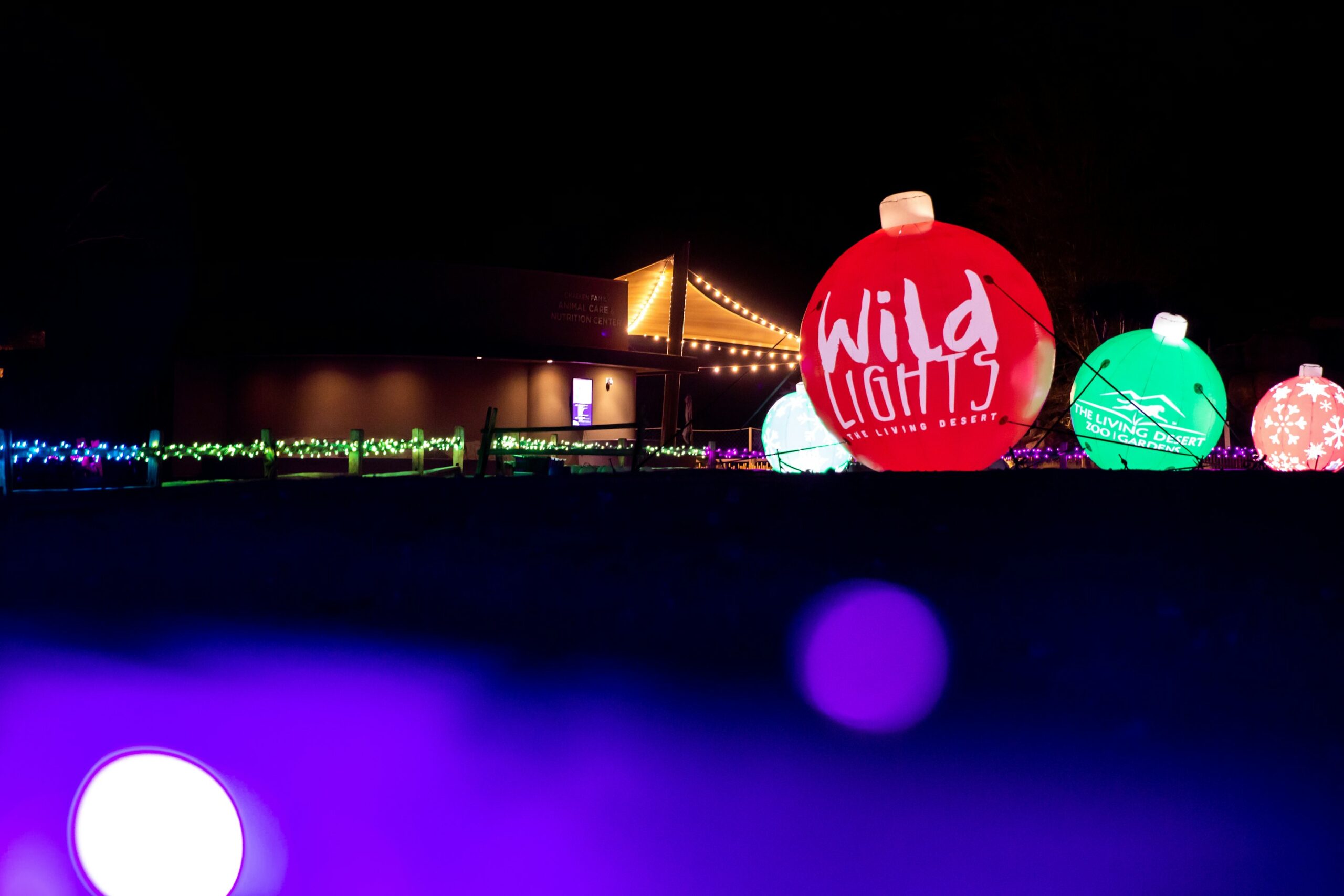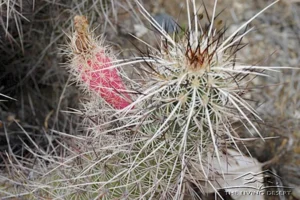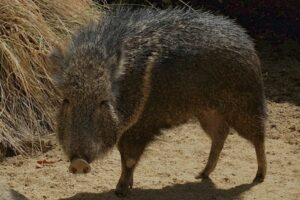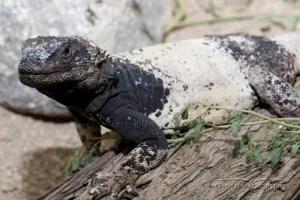Starting October 1, The Living Desert will become a cashless facility. For your convenience, reverse ATMs will be available on-site to convert cash to a prepaid debit card for a $1 transaction fee. Click here to learn more.
Today’s Hours: 8:00am – 5:00pm








